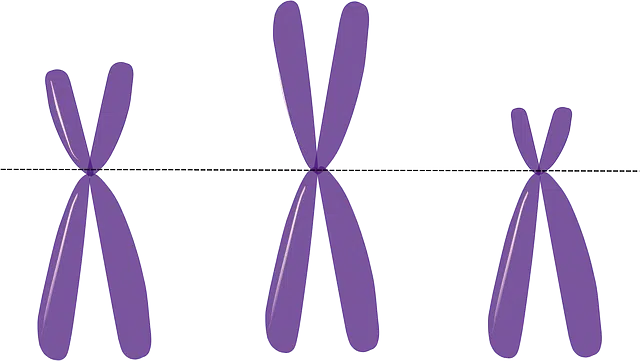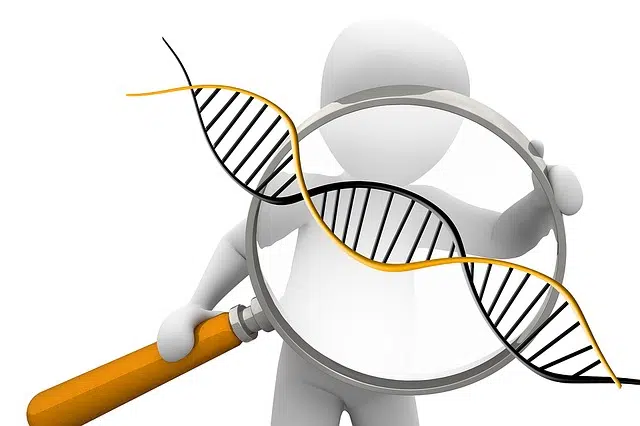
The specific place on a chromosome where a gene is located is called a locus.
Locus is a term that is not part of the dictionary of the Royal Spanish Academy ( RAE ). However, its use is frequent in various contexts.
In the field of biology , the specific site on a chromosome where a gene is located is called a locus - whose plural is loci -. The locus, therefore, defines the position of the gene or other DNA sequence.
Locus, genome and allele
The set of genes found in the chromosomes is known as the genome . A genetic map , in this framework, is an ordered listing of the loci that are known for a particular genome.
An allele , on the other hand, is a variant of a DNA sequence at a certain locus. Those polyploid and diploid cells that have chromosomes with the same allele at a locus are called homozygotes ; If they have different alleles at a locus, they are heterozygous .

An allele is a variant of a DNA sequence at a given locus.
Importance of nomenclature
Since order and protocol are of utmost importance in the field of science, there are well-defined rules about the nomenclature of the chromosomal locus, so that any scientist can see the annotation of a gene locus and understand it, regardless of its origin. geographical origin. The following is a common example: 22p11.2 .
First of all, we must point out that this annotation must be divided into three parts: the number, the letter and the rest of the numbers. The first number, therefore, is the one that corresponds to the chromosome . The letter, in this case a "p", tells us that it is located on the short arm of the chromosome, since it derives from the French term petit , which translates as "small"; If it were a "q", from the French queue ("tail"), the locus would be on the long arm of the chromosome.
Finally we have the numbers "11.2", which should not be read as "eleven point two", as if it were a decimal value with Anglo-Saxon notation, but rather "one one point two", since they are three independent figures that further specify the position on the arm: the first 1 is the region; the second, the band ; the 2 after the dot indicates the subband.
The locus and the centromere
It is possible to see the bands through a microscope if the chromosome is stained appropriately. Given one of its regions, it should be listed starting with the value "1", which indicates the closest possible proximity to the centromere. The use of high resolutions allows us to appreciate both the bands and subbands.
The term " centromere " belongs to the field of genetics and designates the primary construct that appears less stained than the other chromosomes after the use of traditional staining. More specifically, the centromere is the part that the chromosome uses to interact with achromatic use microtubules throughout mitosis and also meiosis.
If we want to express a range of loci, we simply add a hyphen at the end of the first part and without repeating the chromosome number (since it is the same) we continue with the final letter and figures.
The notion in psychology
For psychology , the locus is the origin that an individual perceives of the different events that occur in his or her life. It is the degree to which the individual believes that the reason for his behavior and events is external or internal to him.
The locus represents how the person relates events to their behavior. Someone may believe that their failures or achievements are a consequence of external factors (the actions of others, luck, etc.) or internal factors (their ability, their effort, their intelligence). There is, in short, an internal locus of control (events are perceived as the result of one's own actions) and an external locus of control (events are considered to depend on external factors).
